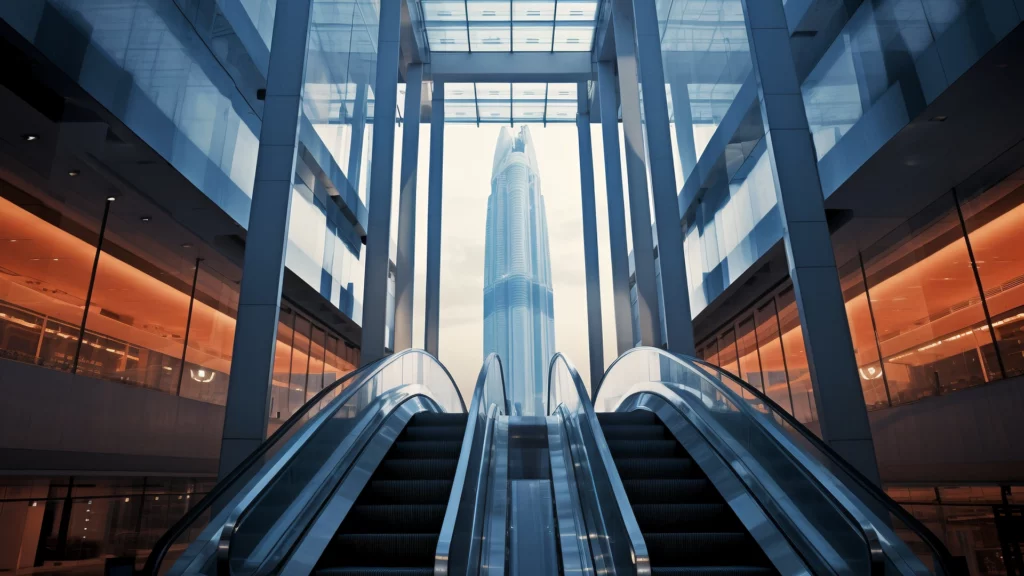The traction system is a critical component in elevator technology, responsible for the vertical movement of the cabin and passengers. Over the years, advancements in traction systems have significantly enhanced elevator performance, safety, and energy efficiency. In this blog post, we will explore the importance of system updates in traction technology and the positive impact they have on elevator systems.
Enhancing Efficiency:
System updates in traction technology have revolutionized the efficiency of elevator systems. Traditional traction systems used direct current (DC) motors, which were less energy-efficient and required frequent maintenance. However, with the advent of modern alternating current (AC) permanent magnet synchronous motors and variable frequency drives (VFDs), elevators have become more energy-efficient. These updates optimize power consumption, reduce energy wastage, and result in substantial cost savings for building owners.Smoother and Quieter Operation:
Traction system updates have also led to smoother and quieter elevator operation. AC motors with VFDs offer precise control over motor speed and torque, resulting in smoother acceleration and deceleration. This eliminates jerky movements during starts and stops, providing passengers with a comfortable and seamless ride experience. Additionally, the reduced noise levels of modern traction systems contribute to a quieter and more pleasant environment within the elevator and surrounding areas.Enhanced Safety Features:
The advancement of traction systems has brought about significant improvements in elevator safety features. Modern traction systems incorporate advanced control algorithms and safety mechanisms, such as overspeed protection, load measurement, and advanced brake systems. These updates ensure enhanced passenger safety by preventing overspeeding, detecting abnormal loads, and providing reliable braking in emergency situations.Increased Capacity and Speed:
System updates in traction technology have enabled elevators to handle higher capacities and achieve greater speeds. The use of AC motors and VFDs allows for better control and optimization of power, enabling elevators to carry heavier loads without sacrificing efficiency. Traction system updates have also facilitated the development of high-speed elevators, revolutionizing vertical transportation in tall buildings and reducing travel times for passengers.Remote Monitoring and Maintenance:
Traction system updates have introduced remote monitoring and maintenance capabilities, leveraging the power of connectivity and data analysis. Elevator manufacturers can now remotely monitor the performance and health of traction systems, identifying potential issues and proactively addressing them. This remote monitoring enables predictive maintenance, minimizing downtime and improving the reliability of elevator systems.Future-Proofing Elevator Systems:
System updates in traction technology help future-proof elevator systems, ensuring they remain relevant and adaptable to evolving needs. The integration of smart technologies, such as Internet of Things (IoT) connectivity and cloud-based analytics, opens up possibilities for innovative features and services. Elevator systems can leverage real-time data, optimize traffic flow, and provide personalized experiences for passengers, contributing to a more efficient and user-centric vertical transportation ecosystem.
System updates in traction technology have transformed elevator systems, elevating their performance, safety, and energy efficiency to new heights. From enhancing efficiency and providing smoother rides to improving safety features and enabling remote monitoring, these updates have revolutionized the way elevators operate. As technology continues to evolve, traction system updates will continue to play a crucial role in shaping the future of vertical transportation, ensuring a seamless and enjoyable experience for passengers while driving sustainable and efficient building operations.


